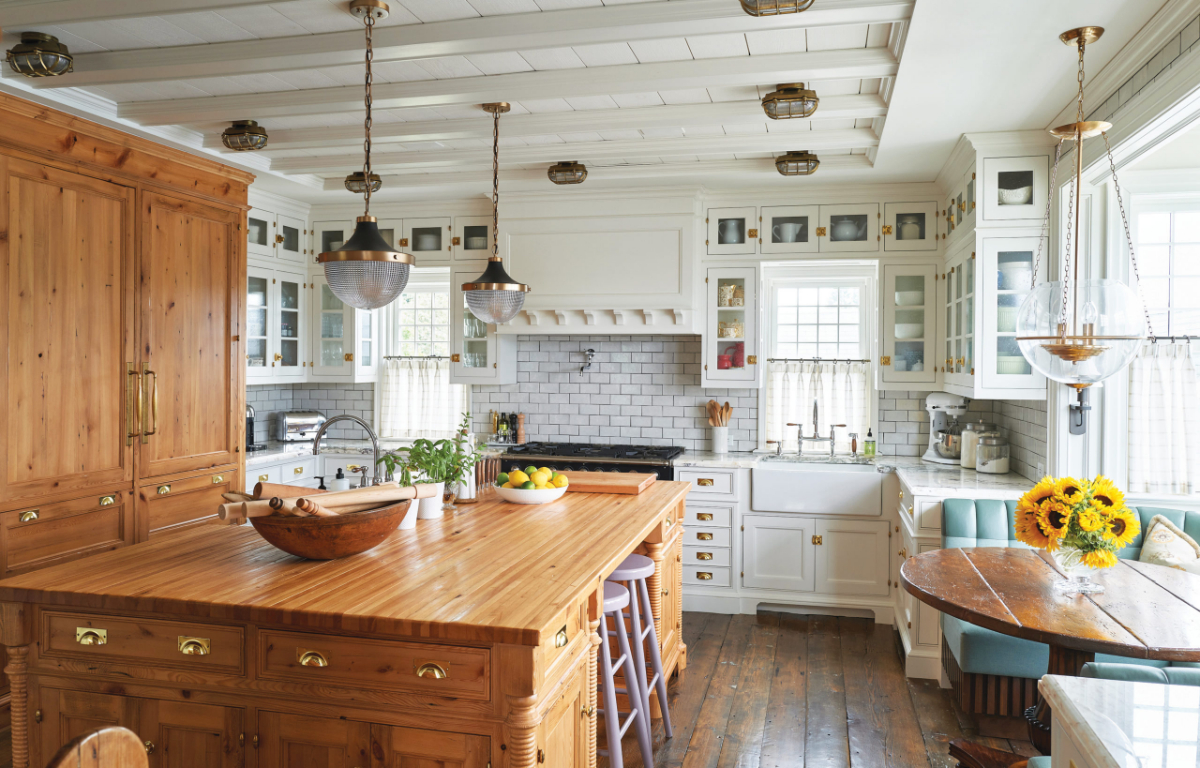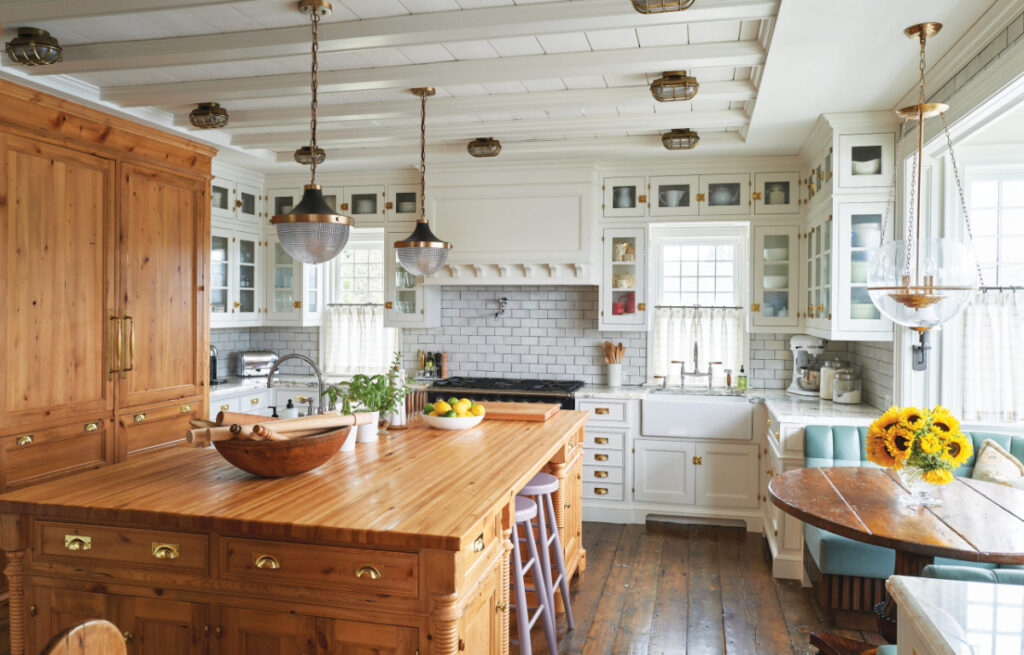
Honouring design and respecting history
By Philip Mitchell, Philip Mitchell Design
There is no place like home. This has always rung true for me, much in the way that we understand there is no one else quite like you. Each of our homes is unique, telling its own story – the story of those who live and who have lived there – making them as distinct as we are from one another.
Growing up between the Canadian countryside and urban Los Angeles, I was raised with a patchwork of contemporary and traditional styles. The eclecticism and the contrasts moved me at a young age and sparked my love for design. I soon developed a passion for designing and decorating homes of all styles: traditional, contemporary and historic.
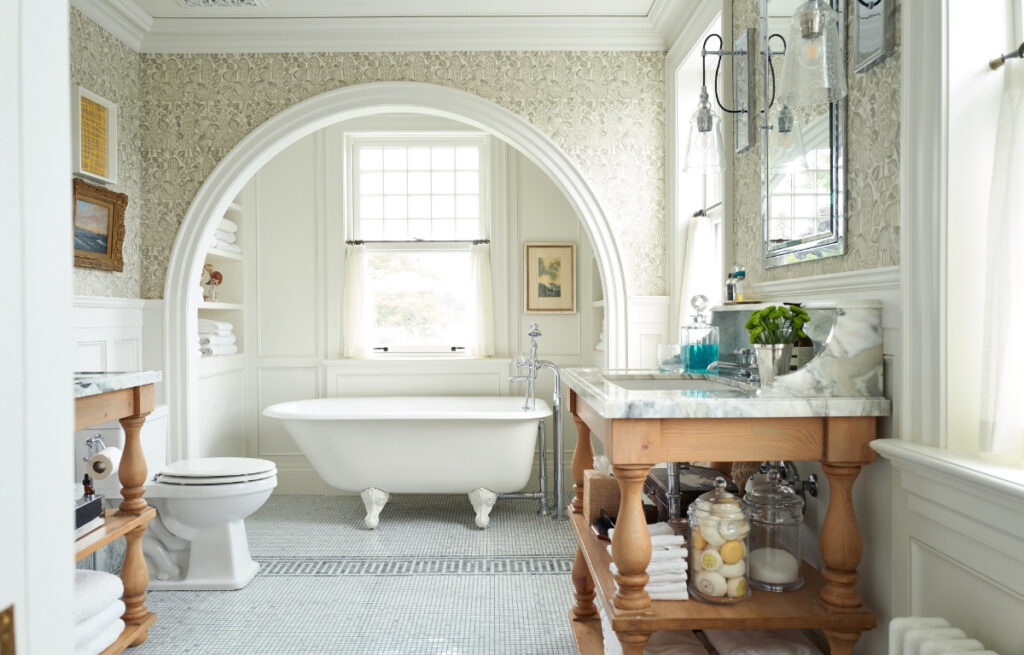
What I love about my role in the design process, is that it is ever-changing. Every home presents a unique set of challenges requiring different approaches. Understanding the history and concept behind any building is paramount to creating a home that connects the house to the owners.
My husband and I have always enjoyed restoring and renovating historic houses. From our first in Toronto, a grand old Tudor house, to our 1920’s beach house on the shores of Lake Erie, or to our pre-war apartment in a landmark building on the Upper East Side of New York, we have always been drawn to old homes. If there’s one thing I’ve come to recognize from living in old homes, is that we don’t consider them ours. Instead, we view ourselves as caretakers, nurturing them until they go on to lead a life after us.
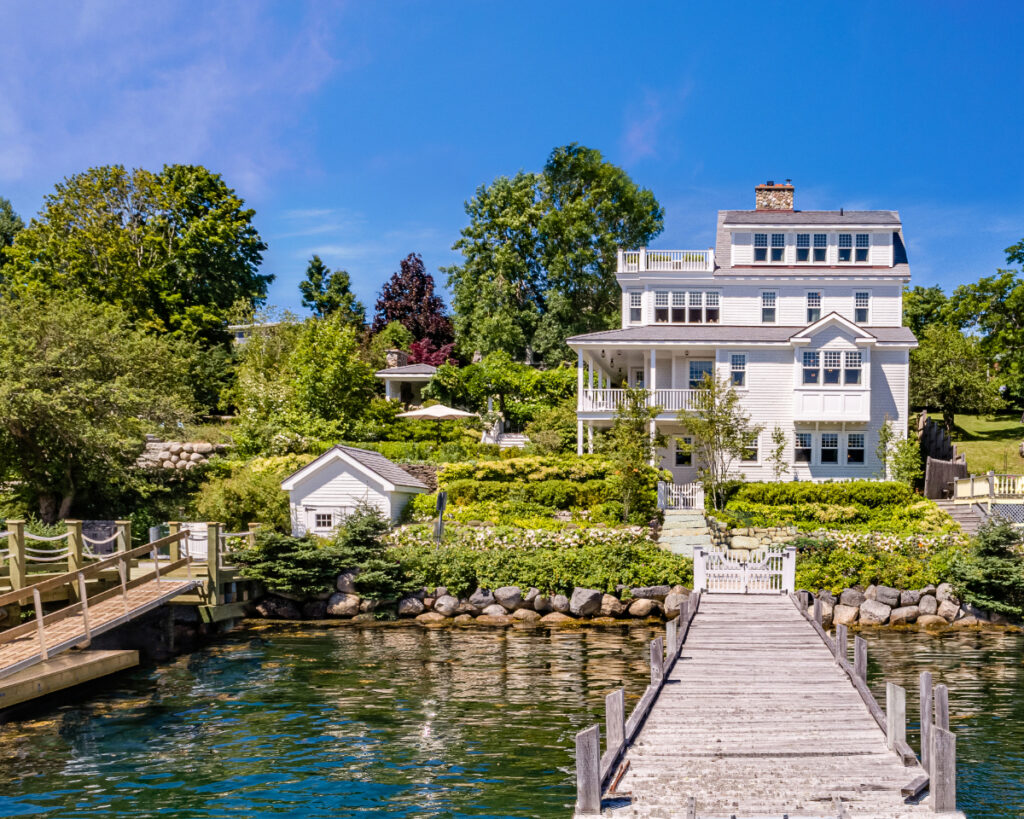
Recognizing and respecting a home’s history is important to a well-done restoration. When embarking on renovating a historic home, there is a responsibility to do the work thoughtfully, with the mindset of leaving it for the next steward. We are not the first, second, or even third family to live in our home in Nova Scotia. Built in 1795, White Cottage has been occupied by 13 families over the years, all of whom have added to or updated the house to meet their needs at the time.
When we purchased it, much of the original character had been removed and it was used only as a summer residence. Our first priority was to build a coach house on the property to live in while we restored the main house and turn it into a year-round home. Our long-term goal was to maintain or restore as much of the architectural character and charm that the original structure possessed, while updating the home for the needs of our modern-day lifestyle.
When renovating a historic home, you must first identify the factors that will shape your decisions. Deciding whether to restore your house, and to what extent, involves considering its history, architecture, and the current condition of its materials, finishes, and systems. You should also consider your household’s lifestyle and what personal needs the finished house will need to accommodate. Additionally, local historic designations, local building codes, and other regulatory considerations will impact whatever path you take.

Selecting your team is of the utmost importance. You’ll need one that understands historic buildings and that has had the experience of restoring them. Planning and design should be done at the onset so that goals, expectations, and costs can be monitored and managed.
Kitchens and bathrooms are usually the first items that owners want to address. However, getting the infrastructure up to date: repairing leaks, improving heating and ventilation, installing proper insulation, and addressing the sound structure should be the first things tackled, as they will produce a more comfortable home. Older homes were designed for different times, so floorplans may need to be redesigned to create a better flow and improved room sizes for today’s more active lifestyles.
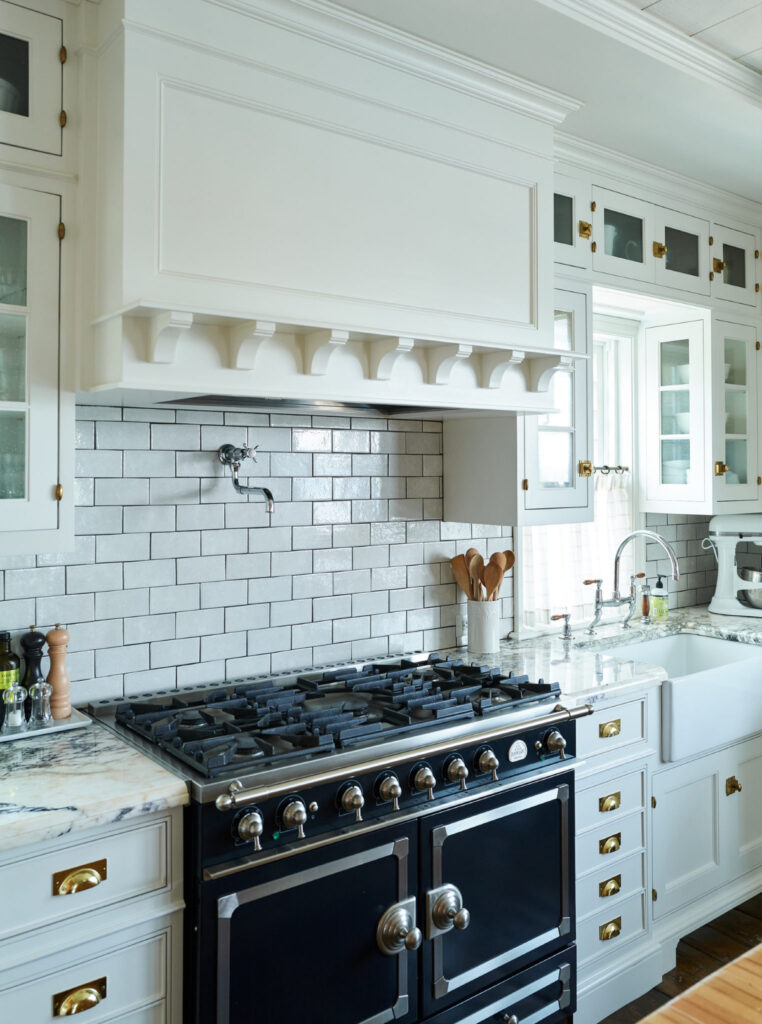
Sometimes the work can become more extensive than originally planned. We ended up having to dismantle the entire house board by board, rebuilding the infrastructure and then replacing and reusing all the original elements that could be salvaged. We brought together a team of local craftsmen and artisans to recreate missing mouldings, beadboard, trim and newel posts, boat builders to hand craft arches throughout the house and an artist to “age” the new woodwork to match the original. Each home requires different talents to address its needs.
The key to a quality renovation is how well it accommodates modern technologies, living styles and additions into the existing structure. When adding to or altering a home, consider its scale, massing, proportion and balance. Design new additions and alterations with attention to detail. Use materials, textures, and colours that are similar to those of the original building. Integrate modern touches with care and caution. Keep changes non-intrusive and complimentary with the house’s design and style. Be careful not to let alterations destroy or cover historically or architecturally significant features. Rather, opt to include modern systems and sympathetically designed changes that will enhance the house’s history.
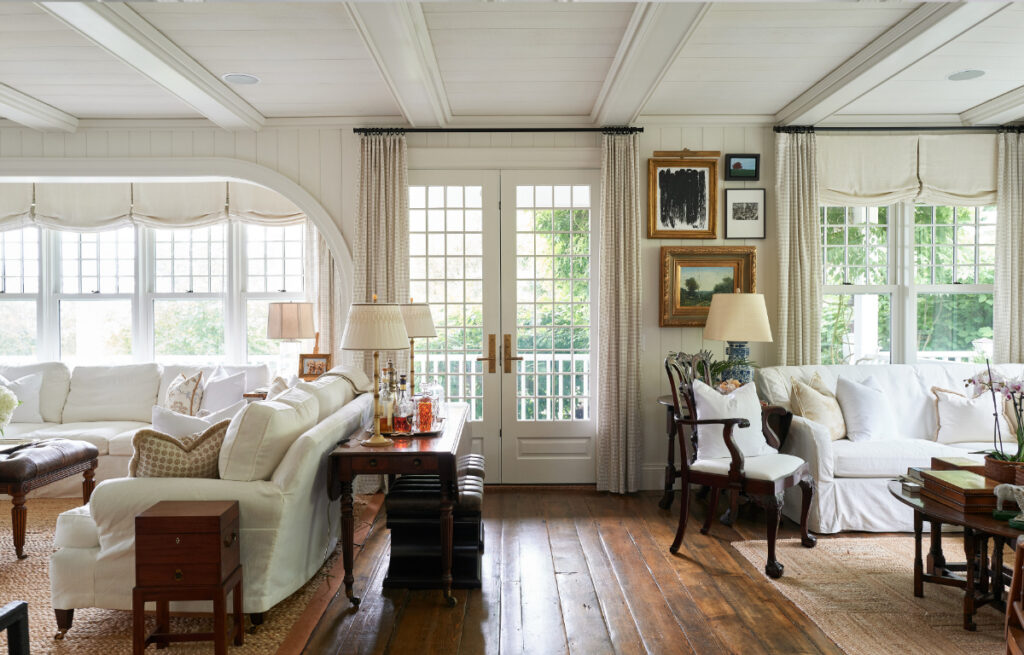
As with life, not everything in your old home will be perfect. Fortunately, we’ve learned to love, appreciate, and embrace the character and imperfections that old homes possess. At White Cottage we carefully removed the original wide plank floors and subfloors, before reinstalling them so that our floors would retain the patina from centuries of wear and tear, telling the story of why we love the space. The original stair treads are worn by thousands of steps, reminding us of the many people who walked up them for over 225 years. This careworn beauty cannot be replaced, and we celebrate these as marks of a life well-lived, instead of flaws that need correcting.
We view the process of restoration as being highly sustainable, giving new life to something that could have been disregarded or disposed of. While a sense of warmth and history is just one benefit of restoring old homes, there are undoubtedly others, such as a lighter carbon footprint when compared to a new build, or higher quality and craftsmanship than is often found in newer construction.
Ultimately, successful restoration is about knowing what to sacrifice and what to preserve. We value the integrity of every element and relish the opportunity to restore each home so that it may continue to write new chapters in an ongoing story.
Philip Mitchel is Principal of Philip Mitchell Design Inc., with studios in Toronto, New York City, and Nova Scotia. Mitchell has twice been selected to the Top 100 Designers of the World by Andrew Martin Awards and named one of the Top 25 Designers by House & Home magazine. He won the Heritage Trust of Nova Scotia’s award for restoration for his work on White Cottage. His book, Collected Interiors – Rooms that Tell a Story was published by Rizzoli. For more information, visit philipmitchelldesign.com

